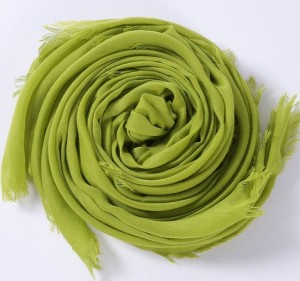Wool is an important fiber material, widely used in the fields of textile, carpet making, filling materials, and so on. The quality and value of wool largely depend on its classification methods and standards. This article will introduce the classification methods and standards of wool.

1、 Classification of wool
Classification by source: wool can be divided into cashmere wool and meat wool. Cashmere wool is cut from cashmere. Its fibers are thin, soft, long, and of high quality, making it suitable for the production of high-end textiles. Meat wool is obtained from meat sheep. Its fibers are relatively thick, hard, and short, and are commonly used in fields such as blanket making and filling materials.
Classification by quality: The quality of wool mainly depends on such indicators as fiber length, diameter, elasticity, strength, and softness. According to these indicators, wool can be divided into one, two, three, or even more levels. The first grade wool has the highest quality and is suitable for producing high-grade textiles; The second highest quality wool is suitable for producing mid range textiles; Grade III wool has poor quality and is generally used in fields such as filling materials.
3. Classification by color: The color of wool varies depending on factors such as sheep breed, season, and growth environment. Generally, wool can be divided into multiple color categories such as white wool, black wool, and gray wool.
![]()
2、 Standard for classification of wool
The classification standards for wool are usually formulated by national or regional textile industry standard setting agencies, and their contents include indicators such as the variety, origin, length, diameter, elasticity, strength, and softness of wool. The following are some common wool classification standards:
Australian wool classification standards: Australia is one of the largest wool producing countries in the world, and its wool classification standards are widely used in the global textile industry. The Australian wool classification standard divides wool into 20 grades, of which grades 1-5 are high-grade wool, grades 6-15 are middle-grade wool, and grades 16-20 are low-grade wool.
2. New Zealand wool classification standards: New Zealand is also one of the important wool producing countries in the world. Its wool classification standards divide wool into six grades, with grade 1 being the highest grade fine wool and grade 6 being the lowest grade coarse wool.
3. Chinese wool classification standard: The Chinese wool classification standard divides wool into three grades, of which Grade A wool is Grade I wool, Grade B wool is Grade II wool, and Grade C wool is Grade III.
In short, the classification methods and standards of wool have an important impact on the development of the wool industry and the quality of textiles. Through scientific classification methods and standards, the utilization value and competitiveness of wool can be improved, and the sustainable development of the wool industry can be promoted.
Post time: Mar-17-2023